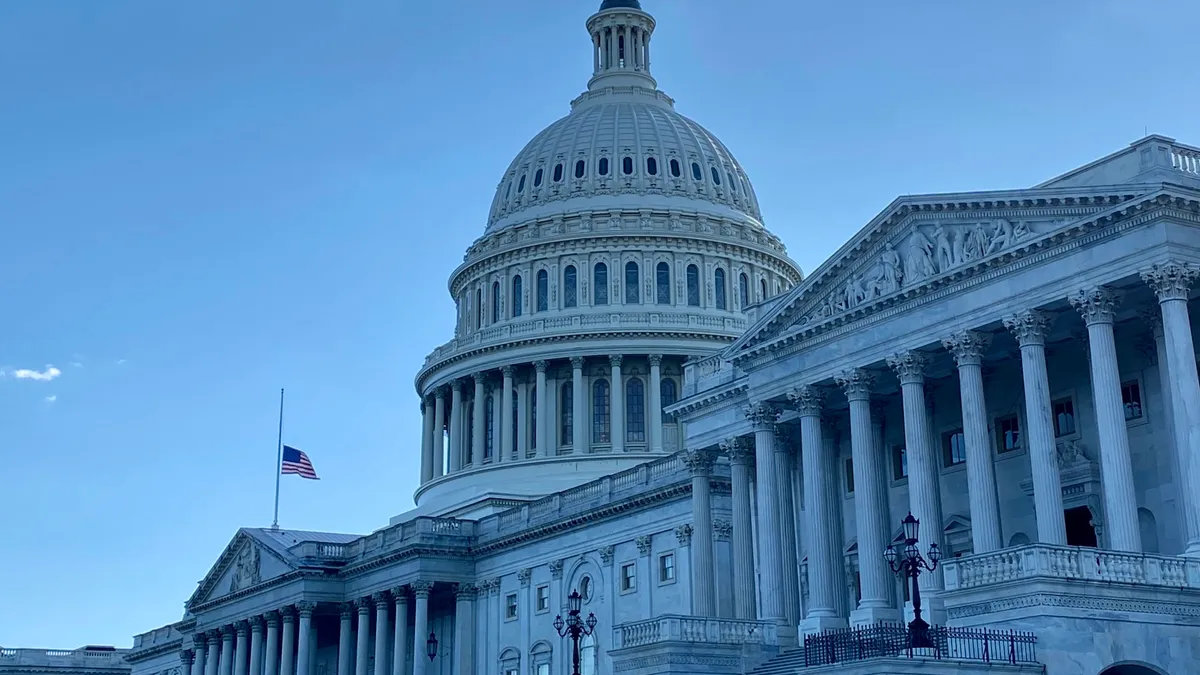Editor’s note: Lisa Walkush is national managing principal of industry at accounting and advisory firm Grant Thornton.
The healthcare industry, like many others, has been impacted significantly by economic pressures. In fact, recent upticks in interest rates, paired with a global economic slowdown, have created a uniquely challenging environment for healthcare companies and their investors.
In short, investors are more cautious than they’ve been in years. But healthcare leaders shouldn’t worry. As I survey the private equity landscape, I see plenty of reason for optimism.
Deal volume to accelerate later in 2023
High interest rates and valuation misalignment between sellers and buyers will dampen deal volume in the first half of 2023, but activity is expected to pick up in the second half of the year.
Further, a slowdown in deal volume in the first half will drive an uptick in creative financing structures, including a return to earnouts, seller financing, minority recapitalizations and co-investment.
Private equity firms may be able to meet this moment by lining up an executive team in the short term, then executing a platform investment in the latter part of the year.
Specialty outlook is bright
Light continues to shine brightly on specialty physician practices including cardiology, oncology, orthopedics and gastroenterology.
The advancement of technology has improved patient outcomes and reduced risk in these specialty practices. For example, 50% of cardiac cases can now safely be performed in an outpatient setting.
Additionally, these specialty practices afford an opportunity for the investor to aggregate large amounts of clinical data, which can be monetized via biotechnology and pharmaceutical companies in their attempt to develop novel treatments.
These industry tailwinds will help sustain investors’ appetite for platforms and add-ons in specialty practices.
More risk, more reward
Value-based care will drive meaningful financial results. With more than half of the eligible Medicare population enrolled in Medicare Advantage plans, and the CMS committed to having 100% of enrollees in a value-based care program by 2023, tailwinds are driving at-risk arrangements forward.
Health system leaders are also pushing forward, acknowledging that taking on full risk gives them the freedom to do what is right for the patient. Additionally, large health systems and smaller for-profit companies are now asking for full risk as workflows have significantly advanced.
This enables providers to manage patients effectively so they have fewer acute episodes, hospital visits and readmissions. And ultimately, a full-risk arrangement can lead to greater patient satisfaction plus considerable cost savings, which are shared among companies, practices and payers.
Tech options remain attractive
Although digital health growth has plateaued after explosive growth at the onset of the COVID-19 pandemic, assets remain attractive in 2023 since quality care can be provided for many episodes at a distance.
The rising costs of delivering face-to-face healthcare and staffing shortages will continue to be tailwinds for digital health.
Therefore, expect telehealth, health tech and analytics companies to continue to be attractive assets in 2023.
Behavioral health gets specialized
A fragmented behavioral health market made up of informal private practices is ripe for consolidation via tailwinds from digital health providers that focus on expanding their scope of care to a behavioral health specialty.
Specifically, telemental health providers may focus on acquiring assets in group therapy or condition-specific behavioral health services, like OCD, ADHD and PTSD.
In conclusion, healthcare remains one of the most attractive options for private equity, especially as the industry evolves. Even as economic uncertainty continues, a growing base of consumers and advancements in both technology and treatment protocols make this industry ripe for innovation.
If executives remain attuned to the trends above, they can position their companies for success despite today’s challenges — and any that might arise tomorrow.












